16 December 2015
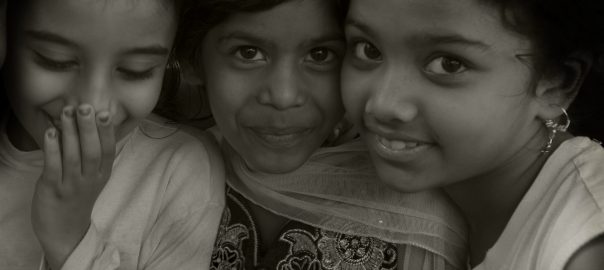
Before becoming India’s information technology hub, Bengaluru was known for its numerous lakes and green spaces. Rapid urbanization has led to the disappearance of many of these ecosystems. Those that remain face a range of challenges: residential and commercial construction, pollution and waste dumping, privatization, and so on. Today, Bengaluru’s...
2 Comment(s)Join our Conversation
14 December 2015
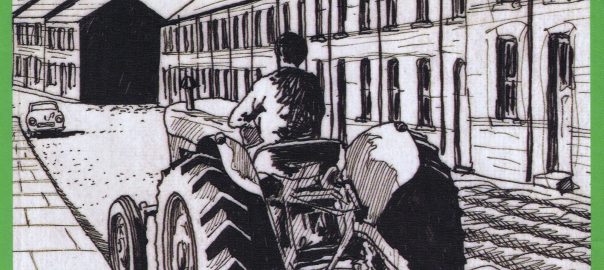
A review of The Revolutionary Urbanism of Street Farm: Eco-Anarchism, Architecture and Alternative Technology in the 1970s, by Stephen E. Hunt. 2014. ISBN 978-1-906477-44-8. Tangent Books, Bristol. 246 pages, including 16 pages of illustrations. Visions of cities draped in vegetation are now de rigueur for any architect, planner or urbanist...
1 Comment(s)Join our Conversation
13 December 2015
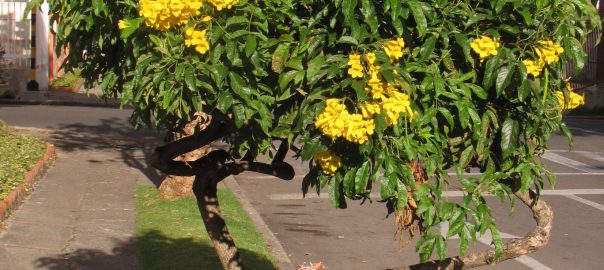
I remember when I was a child growing up in Bogotá, the capital and largest city of Colombia, located in the cool, high-altitude environment of the Andean mountain range. Street and park trees were almost all of a few widely planted species: eucalypts, pines, cypress, acacias and ash. In a...
15 Comment(s)Join our Conversation
9 December 2015
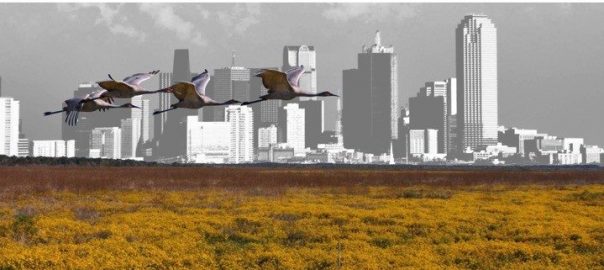
Part one: natural potential from mega math Never before on the Earth or in the entire history of the human condition has something like a megacity been possible, until Tokyo and Mexico City appeared in 1950. Typically defined as a metropolis with 10 million residents or more, projections by the...
19 Comment(s)Join our Conversation
8 December 2015
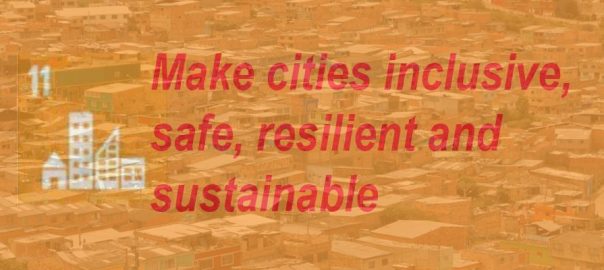
6 Comment(s)
Join our Conversation
6 December 2015
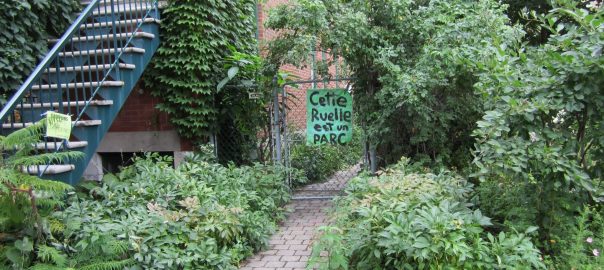
When Montréal’s Parc Oxygène was bulldozed in June 2014, a local newspaper article aptly spoke of a ‘neighborhood in mourning.’ The narration of its destruction by a neighbor is heart-wrenching (1). This small park in the midst of high rises was an urban oasis made and looked after by its...
0 Comment(s)Join our Conversation
3 December 2015
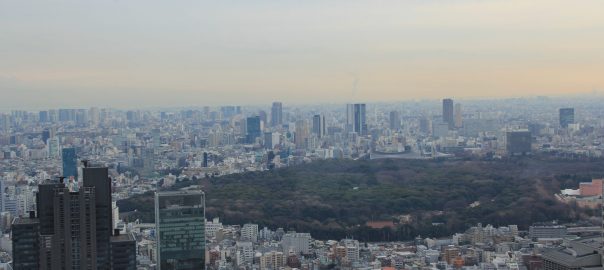
A review of the Large Parks in Large Cities conference, Stockholm, 2-4 September 2015. The prognosis for urbanization is challenging—in the next 40 years, urban population will double. Under the growing pressure of modern urban development, large parks are valued by people more than ever. From the beginning of city...
2 Comment(s)Join our Conversation
2 December 2015
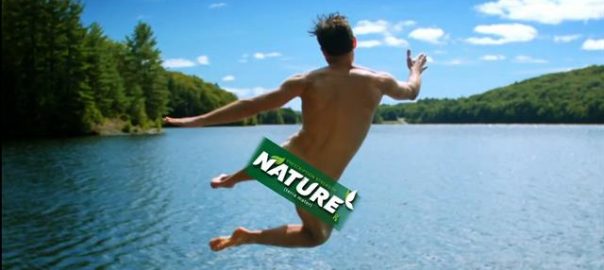
Whilst urbanization has brought many benefits to society, it increasingly denies people of opportunities for the mental, spiritual and physical health benefits from nature. Over the last decade, there has been an alarming global increase in diseases such as heart diseases, cancer, chronic respiratory diseases and diabetes [Note 1]. The...
0 Comment(s)Join our Conversation
29 November 2015
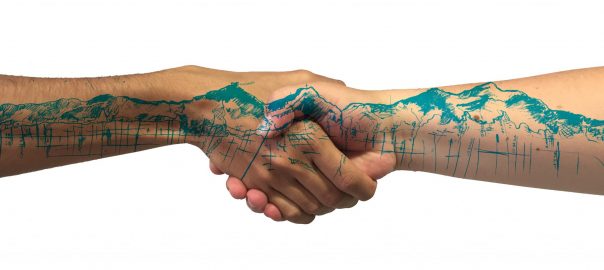
(Una versión en español sigue inmediatamente después.) “We must remember that what we observe isn’t nature itself, but rather nature exposed to our method of questioning and perceiving.” —Werner Heisenberg In order to talk about sustainability on an urban level, it is fundamental to have an understanding of the social...
1 Comment(s)Join our Conversation
24 November 2015
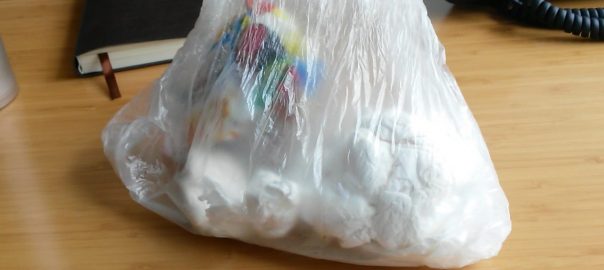
This past summer in Beijing, my coworker initiated a zero waste campaign for the office. Under the campaign, we pledged to live zero waste (or, at least, to consciously minimize our waste to the most practical degree) for as long as we wanted to or could. Zero waste is an...
5 Comment(s)Join our Conversation
23 November 2015
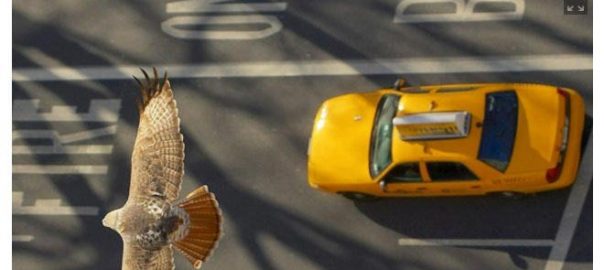
A review of Urban Animals: Crowding in Zoocities, by Tora Holmberg. 2015. ISBN: 978-1-138-83288-6. Routledge, New York. 164 pages. Cities are largely viewed as cultural constructs, built by humans for humans. However, the reality is that animals, whether wild or domesticated, also participate in the creation and definition of cities...
0 Comment(s)Join our Conversation
22 November 2015
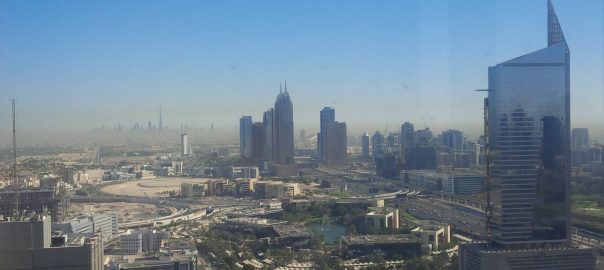
You may have noticed ambient air quality returning to centre stage globally as a hot topic of discussion and debate. While the media coverage has helped draw attention to this critical issue, the plethora of data and views can cause confusion and can delay much-needed action. In this article, I...
1 Comment(s)Join our Conversation
18 November 2015
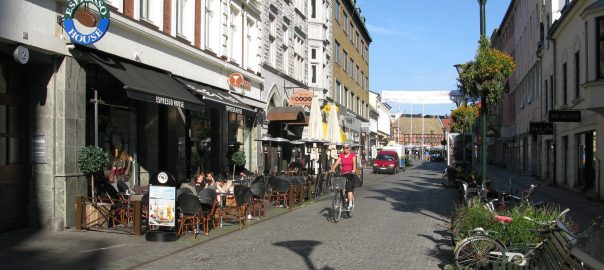
The idea of the ‘neighborhood’ is reassuring, and it is our focus in this text, which explores how neighborhoods can help us to build and rebuild better cities for people. Good neighborhoods define cities and metropolitan regions at scales that are easier for us to relate to as humans, and...
1 Comment(s)Join our Conversation
15 November 2015
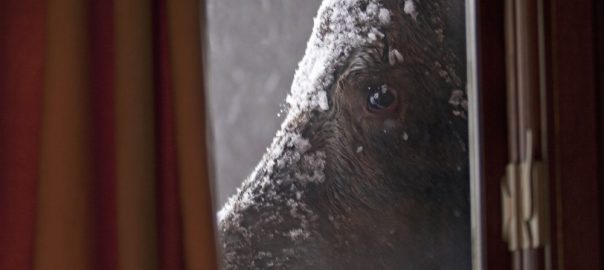
Now a century old, Anchorage has at various times during its short history proclaimed itself the “Air Crossroads of the World,” a “City of Lights” and a place of “Big Wild Life” (the latter for the community’s “perfect blend of urbanity and wilderness”). But I have long believed—and yes, opined...
1 Comment(s)Join our Conversation
10 November 2015
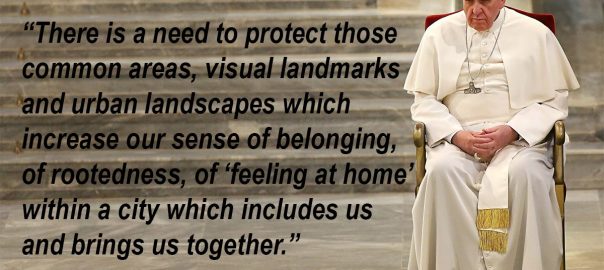
Pope Francis, City Planner After reading Pope Francis’ Laudato Si, On Care For Our Common Home, I was moved to select references I felt relevant to efforts in Portland to integrate nature into the city and weave nature into the fabric of our urban and urbanizing neighborhoods. I sent a...
6 Comment(s)Join our Conversation
9 November 2015
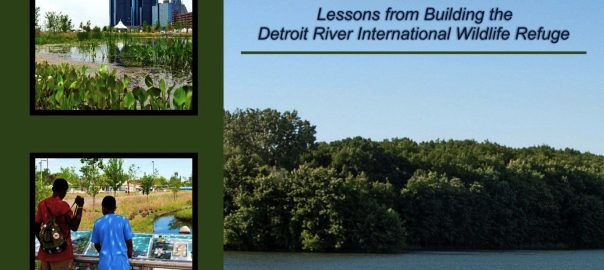
A review of Bringing Conservation to Cities: Lessons from Building the Detroit River International Wildlife Refuge, by John H. Hartig. 2014. ISBN: 978-0-9921007-4-2. Michigan State University Press, East Lansing, MI. Ecovision World Monograph Series. 282 pages. John Hartig is currently the refuge manager for the Detroit River International Wildlife Refuge....
0 Comment(s)Join our Conversation
5 November 2015
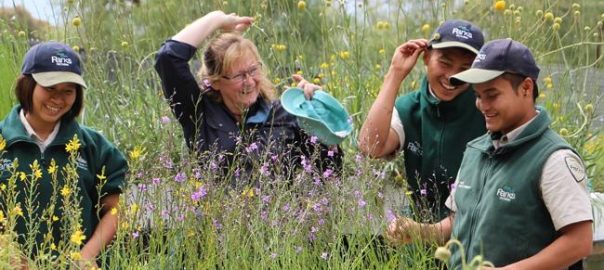
The urge to contribute one’s time, without compensation, to benefit a closely held cause or purpose appears to be a deeply rooted human need because volunteerism is found everywhere, in various forms and for every conceivable reason. For instance, every year, more than 13 million people volunteer in Canada, 63...
3 Comment(s)Join our Conversation
5 November 2015
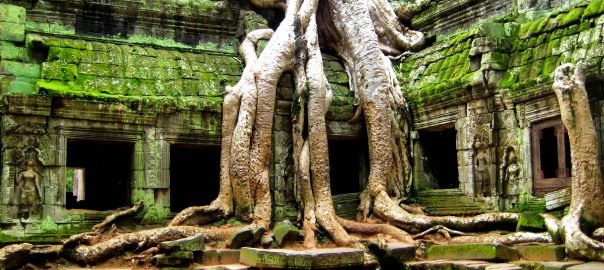
12 Comment(s)
Join our Conversation
2 November 2015
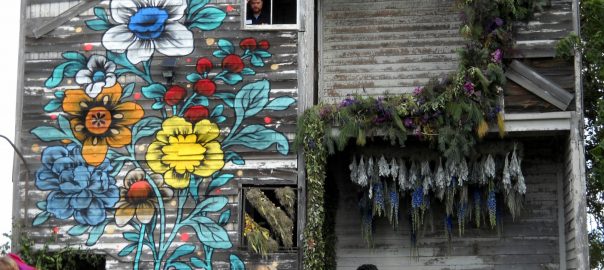
A review of Flower House Detroit, which ran October 16-18, 2015 at 11751 Dequindre St, Hamtramck, Michigan. Once again, something amazing and ephemeral has appeared in Detroit. Flower House Detroit (which was actually located in the city of Hamtramck, 2 square miles enveloped by the city of Detroit) was, at its...
0 Comment(s)Join our Conversation
1 November 2015
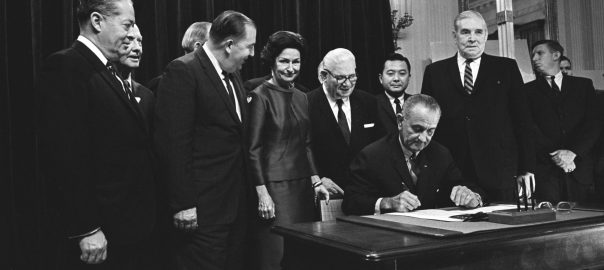
Which American president administration of the last century has the strongest record on preserving the environment and natural beauty? Presidents Theodore or Franklin Roosevelt, who created the National Wildlife Refuge System (protecting 230 million acres) and established the Civilian Conservation Corps, putting 2.5 million people to work building trails and...
3 Comment(s)Join our Conversation


